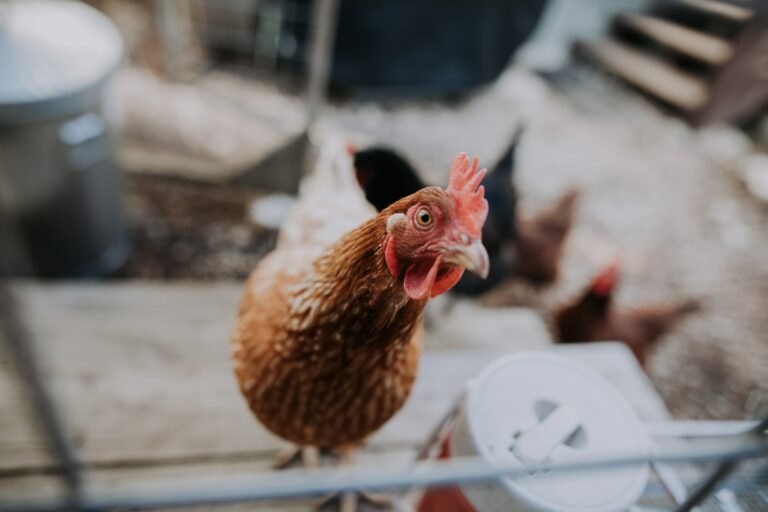Achieving good health in poultry requires adequate nutrition. But it is also important to manage the air, feed and water quality, and to understand how the bird’s gut drives its health.
Clean water
Water quality is important in poultry because the chemical and microbial properties play a key role in influencing the bird’s health and performance. Ensuring good water quality is available on farm is even more important because water has become a valuable route in administering feed additives, vitamins and minerals as well as medication on farm. There is substantial literature that shows birds perform better when good quality water is provided.
Organic acids
There is a plethora of feed additives on the market, which make various claims. Organic acids clearly do have antimicrobial properties, but they are often added at such low levels, for financial reasons, that the benefits aren’t seen.
A normal healthy gut flora will naturally generate organic acids, one of which is butyric acid. This organic acid is the preferred energy source for intestinal cells. It can be added to feed in order to both, inhibit microbial proliferation by way of its acidic properties, and serve as a nutrient source for the intestine.
Gizzard
The gizzard is often described as the pacemaker of the digestive tract. It helps to maintain the rhythmical contractions of the gastrointestinal tract, which stimulates acid secretion. This process is essential for protein digestion and also reduces any feed borne bacterial lode.
“Birds have gizzards in order to physically process feed,” says Andrew Fothergill, national poultry advisor at ForFarmers. “Ensuring an appropriate feed structure, including providing fibre in the diet stimulates this gizzard function and is one of the most effective tools in supporting digestive health.
“The pH of the gizzard is extremely low and acts as a barrier against bacteria. We can help to further reduce the number of bacteria entering the bird in the way we manufacture the feed i.e. extrusion, heat or chemical treatment, as well as by sanitising water.”
Feeding the intestine
In 2017 ForFarmers hosted a veterinary symposium, where delegates were told the gastro intestinal tract represents around 5% of a bird’s bodyweight, but it consumes 30% of oxygen and protein turnover of the bird.
The intestine must serve as a barrier to bacterial entry into the bloodstream and yet be permeable enough to allow nutrients to be absorbed. Therefore, investment in nutrients that are of value to the intestine would seem a sensible strategy.
Fothergill says: “While we shouldn’t cling to past, there is still an appetite to investigate replacements for antibiotic growth promoters (AGPs). The mode of action of AGPs was never universally described or agreed upon, however, one clear outcome was a reduced bacterial load in the gastrointestinal tract.
“There are certain nutrients with some degree of antimicrobial activity, such as medium chain fatty acids. These are found in coconut and palm kernel oil and can used as both a bacterial growth inhibitor whilst intact; as well as serving as an energy source for the bird once digested.”
Plants and animals
Other available feed additives can be loosely grouped as plant extracts, which claim various properties, from antimicrobial activity to endogenous enzyme stimulation.
Several preparations of yeast are available for use by feed manufacturers. Producers claim that their processing techniques are able to alter the organism, so that it expresses specific activities. These include, mimicking the hosts intestinal cells so that pathogens agglutinate to the yeast and are excreted without being able produce toxins. Other modes of action include the presentation of specific surface sugars on the cell wall, which the host recognizes as potentially pathogenic. This in turn stimulates the immune system so that the bird’s response to genuine challenges is improved.
The air you breathe
Fothergill says perhaps the most effective method to enhance the health status of birds – along with the provision of an appropriate diet and clean water – is adequate ventilation. “It is essential to maintain appropriate air quality and reduce humidity to optimal levels within poultry housing.”
The management of litter for floor reared birds is absolutely key to maintaining health. “As litter moisture content rises, the multiplication of potential pathogens increases. Such challenges can often overwhelm birds’ natural defences and express as clinical disease. Whereas in a drier environment, the same bird would be able to fight off the more moderate challenge.”


